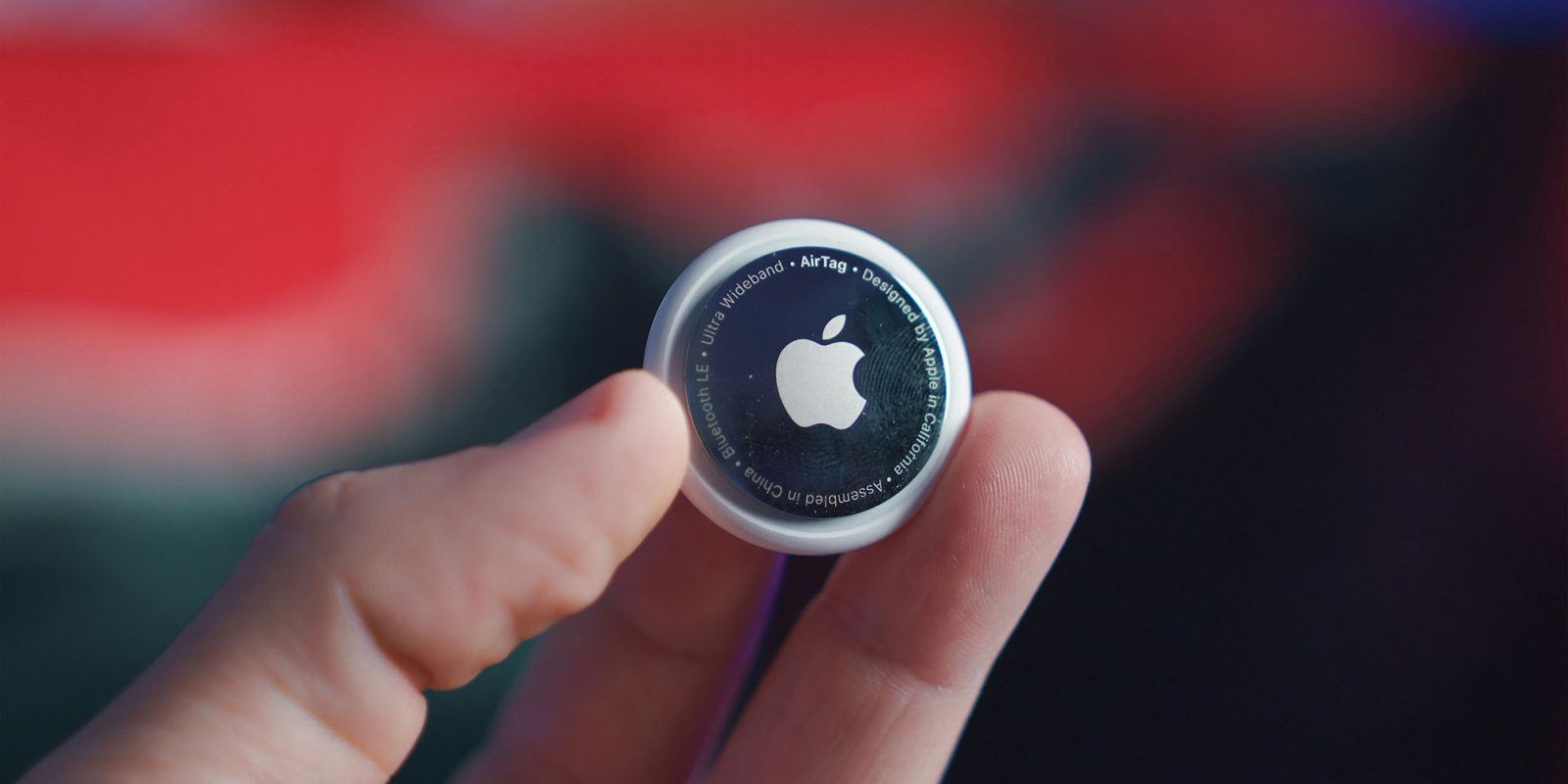WWW.THEVERGE.COM
Here are the best Kindle deals right now
When it comes to finding a device to read ebooks, you have a few options to choose from. You can always buy a tablet or use your phone, but those devices are multipurpose and can be used for a ton of things, like surfing the web or doom-scrolling on X. If you are looking for something to strictly read books, e-readers, while niche, are designed to store all of your books in a virtual library with limited functionality. Amazon, one of the pioneers of the e-reader, has dominated the space for years with its ever-expanding Kindle lineup, which consists of several unique models with their own pros and cons. The bulk of the devices function as simple ebook readers; however, with the Kindle Scribe, Amazon is moving beyond books and into the realm of writing something that should make future Kindles function more akin to physical paper.Below, weve listed each model currently available. Sometimes there isnt a deal for one or even any of the products, but in those cases, weve listed the most recent sale price. RelatedThe entry-level Kindle remains the smallest e-reader Amazon offers, one thats available in either black or green. Image: AmazonThe best Kindle (2024) dealsWhat does it mean when a Kindle is ad-supported?Amazon Kindle e-readers come in different storage configurations, but there is also an additional option that allows you to buy the e-reader with or without ads. Ad-supported Kindles will display personalized advertisements on the lock screen when it is in sleep mode or at the bottom of the homescreen when the device is connected to Wi-Fi. Typically, you save about $20 by buying the ad-supported version, but if you decide to remove ads later, you can make a one-time payment to cover the difference and remove the ads.In case you missed it, Amazon announced a new entry-level Kindle in October, one that was designed to replace the outgoing 2022 model. The latest Kindle which starts at $109.99 boasts a brighter 94-nit display, improved contrast levels, and slightly faster page turns. It also comes in a matcha green instead of denim, just in case youre not a fan of the default black color. Otherwise, though, its nearly identical to its predecessor, with the same six-inch 300ppi screen, support for USB-C, and 16GB of base storage.In the past, Amazons newest ad-supported Kindle has dropped to as low as $84.99 ($25 off) with three months of Kindle Unlimited. Right now, however, you can only buy the Kindle at Amazon, Best Buy, and Target for its full retail price of $109.99.Kindle (2024) $110Amazons new entry-level Kindle retains a six-inch, 300ppi display and USB-C. Its both brighter and faster than its predecessor, however, and features longer battery life.The best Kindle Kids (2024) dealsAmazon also updated its kid-friendly Kindle in late 2024. The new Kindle Kids is identical to the standard model but comes with several accessories and provides age-appropriate content for younger readers who prefer digital books. Like the last-gen Kindle Kids, the latest model retails for $20 more than the base model, bringing the MSRP to $129.99.RelatedIn terms of add-ons, the new Kindle Kids edition consists of four items: the device, a protective case, a two-year extended replacement guarantee (in the event the device breaks), and six months of Amazon Kids Plus. The latter is the biggest selling point of the device aside from the kid-friendly patterns and lack of ads, as it allows parents to grant their child access to games, videos, and books including those in thePercy Jackson andHarry Potterseries at no additional cost.In the past, weve seen the new Kindle Kids sell for as low as $94.99 ($35 off). Right now, however, you can only buy the e-reader at its full price of $129.99 at Amazon, Best Buy, and Target.Kindle Kids (2024)$130Amazons Kindle Kids is identical to the standard Kindle meaning it packs a 300ppi display and support for USB-C charging but comes with a case, an extended two-year warranty, and six months of Amazon Kids Plus.The Kindle Paperwhite Signature Edition is identical to the standard model but features wireless charging and a sensor to automatically adjust the backlight.The best Kindle Paperwhite (2024) dealsThe latest Kindle Paperwhite, which launched last year, is Amazons 12th-gen model. Considering its one of the companys higher-end configurations, it offers all the features found in the entry-level Kindle, including USB-C charging and a crisp 300ppi display. That being said, its noticeably faster than Amazons base ebook reader and features IPX8 waterproofing, a larger seven-inch display, and longer battery life. RelatedLike other Kindles, the new Paperwhite is available in a few different configurations. Theres an ad-free Signature Edition for $199.99, which is identical to the standard model but comes with 32GB of storage, Qi wireless charging, and a backlight that will automatically adjust when needed. Theres also a Paperwhite Kids for $179.99, which comes bundled with a kid-friendly cover, a two-year extended replacement guarantee, and six months of Amazon Kids Plus.In the past, weve seen the Paperwhite drop to as low as $129.99. Unfortunately, the standalone model is currently only available at Amazon, Best Buy, and Target starting at $159.99 (its full retail price). If youre okay with purchasing a bundle, you can also grab it at Amazon with a power adapter and a black, green, or pink fabric cover for $196.97 ($20 off) or with a plant-based black, green, or pink leather cover for $202.97 ($20 off).Read our Kindle Paperwhite (2024) review.Kindle Paperwhite (2024)$160Amazons latest Paperwhite features a larger seven-inch display and noticeably faster performance. It also boasts longer battery life than the previous model, retains IPX8 waterproofing, and includes a USB-C port.$197$197$2179% offThe seven-inch Kindle Paperwhite features a larger display and faster performance than Amazons entry-level ebook reader. You can also buy it in a bundle with a cover and a USB-C charger. $197 at Amazon (fabric cover)$203 at Amazon (leather cover)As for the ad-free Signature Edition, its available at Amazon and Best Buy right now for $199.99 its regular retail price. You can also grab it at Amazon with a wireless charging dock and a black, green, or pink fabric cover starting at $251.97 ($25 off) or with a plant-based black, green, or pink leather cover for $257.97 ($25 off).Kindle Paperwhite Signature Edition (2024)$200The premium Kindle Paperwhite Signature Edition offers the same design and performance as the standard model but with more storage and support for wireless charging.$200 at Amazon $200 at Best Buy $252$252$2779% offAmazons step-up Kindle Paperwhite bundle includes a Kindle Paperwhite Signature Edition, a wireless charging dock, and your choice of either a fabric or plant-based cover.$252 at Amazon (fabric cover)$258 at Amazon (leather cover)You can write in the Kindle Scribe and use its AI features to clean up the handwriting or summarize your notes.The best Kindle Scribe (2024) dealsLike its predecessor, the second-gen Kindle Scribe is Amazons biggest e-reader. It packs a 10.2-inch display with 300 dpi, along with the same great battery life for which Kindles have become known. What separates the Scribe from other Kindles, however, is that it comes with a stylus, which can be used to jot down notes or doodle in the ebook readers built-in notebook. With the latest Scribe, Amazon also introduced a new Active Canvas feature, so you can scribble notes directly on ebook pages, as well as a suite of AI-powered features that can summarize your notes and refine your handwriting.RelatedThe new Kindle Scribe starts at $399.99 with 16GB of storage, but right now, you can buy it at AmazonandBest Buy. for an all-time low of $324.99 ($75 off).Read our Kindle Scribe (2024) review.Kindle Scribe (2024)$325$40019% off$325$325$40019% offThe latest Kindle Scribe is a 10.2-inch e-reader with a stylus for taking notes. Its faster than its predecessor and offers a host of new features, including one that lets you jot notes directly in your book.The Kindle Colorsoft Signature Edition is Amazons only color e-reader. Photos by Andrew Liszewski / The VergeThe best Kindle Colorsoft Signature Edition dealsIn October, Amazon announced its first color e-reader, theKindle Colorsoft Signature Edition. Like the Kindle Paperwhite Signature Edition, it boasts a seven-inch display with a crisp 300ppi resolution, IPX8 water resistance, wireless charging, and 32GB of storage. However, unlike the Paperwhite, the e-reader offers a color mode, which cuts the resolution in half. Thankfully, its still vibrant for a color E-Ink screen despite the lower resolution, rendering it particularly ideal for reading comic books and manga.We have yet to see the Kindle Colorsoft Signature Edition go on sale. Right now, you can only buy the standalone e-reader at Amazon and Best Buy for its full retail price of $279.99. However, you can save some money if you buy it as a part of a bundle for $327.97 ($35 off), which nets you a wireless charging dock and plant-based leather cover in black, pink, or green. You can also buy it with a premium leather cover in red or black for $349.97 ($35 off). Read our Kindle Colorsoft Signature Edition review.$328$328$36310% offTheKindle Colorsoft Signature Edition is Amazons first color e-reader. It comes with wireless charging, IPX8 water resistance, and 32GB of storage. It retails for $279.99 by itself, but Amazon also sells it as part of a bundle that contains a wireless charging dock and one of two covers.$328 at Amazon (with plant-based cover)$350 at Amazon (with premium leather cover)
0 Commentarios
0 Acciones
130 Views




:format(webp)/cdn.vox-cdn.com/uploads/chorus_asset/file/25330839/STK262_GROK_B.png)







